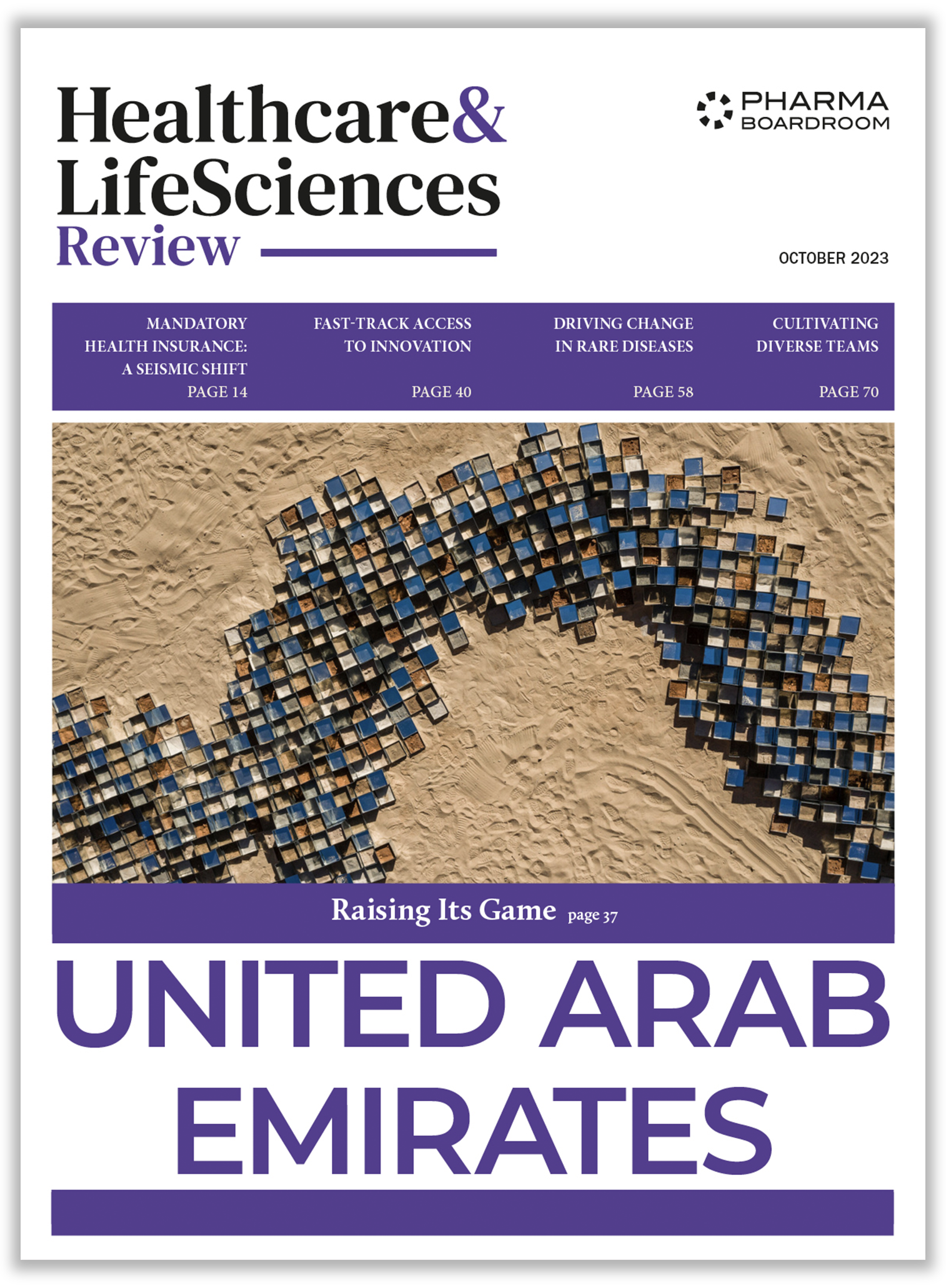Tackling both obesity and diabetes is a primary objective of the National Academy of Medicine of Mexico and requires a holistic, multidisciplinary approach, according to Dr. Graue Wiechers, president of the National Academy of Medicine and rector at UNAM (National Autonomous University of Mexico), the largest university in Latin America.
You have been president of the National Academy of Medicine of Mexico since November 2014. Can you give our readers a brief introduction to the academy and outline your main objectives as president?
The National Academy of Medicine has existed for 153 years and is considered the Consultancy Body in Health sources and Public Health policies for the National Government.
One of our main activities is the yearly generation of position papers in health-related topics such as: diabetes, hypertension, obesity, aging; healthcare services organization and allocation, hemorrhage, asepsis, and more. In short, we create a comprehensive summation of all the issues that can be directly related to the health of the members of our nation. In fact, our main objective is to generate solutions and answers to the topics mentioned above.
According to the OECD Reviews of Health Systems: Mexico 2016, one in three Mexican children is overweight or obese, while more than 15% of adults have diabetes – more than double of the OECD average of 6.9%. What are the initiatives and suggestions of the academy to tackle this two-fold disease burden of the country?
One out of every three children can be considered as being in a state of obesity. This is a very difficult and alarming situation. To address such a high obesity rate we have different proposals; we have come to the conclusion that the best answer lies in the education of our young people. Overall, this includes more exercise and physical activity while reducing high-energy foods at school. On the other hand, we need to increase the amount of safe drinking water for children at every school. We strongly consider that there should be improved conservation mechanisms and processes for the food that we give our children. In addition, one of the most important areas of interest is parental education: to have more informed parents will ultimately make a great difference in how they raise their children.
[Featured_in]
In terms of diabetes, we know that two out of every three adults over the age of 60 is considered to have some kind of obesity. This rate elevates the number of diabetes patients considerably, which means that the disease requires an enormous prevention strategy by the state. We should be more direct in our ways of attacking all diabetes-related issues. One of the best methods would be to enable our population to conduct more frequent doctor visits, as well as pre-diabetic health protection at primary care level, including ailments such as chronic kidney failure and several eye diseases.
Since 1912, the National Academy of Medicine operates as a consulting body to the government for all health-related issues, including the universal Health Coverage. How is the academy helping the government to add value to the construction of universal health system?
There is no “one size-fits-all” solution to this question but we are working in close collaboration with the Secretary of Health, who is a current member of our academy. We have a yearly summit during which we discuss and try to identify answers to the most important health topics. However, the main issue lies in the fragmentation of health services in our country, which needs to be directly addressed by the state and is beyond the scope of our institution.
In addition to your presidency at the academy, you have also been Rector of UNAM (National Autonomous University of Mexico) since November 2015, the largest and one of the most prominent universities in Latin America. What rooms for improvement do you see in order to expand the international influence of the university?
There is a great amount of potential for improvements at our university. Education is never perfect so we are always looking to bridge the gaps and do things in a more efficient manner. In more concrete terms, we should design more tech-driven future for our university, in which we take advantage of recent communication technologies and incorporate them in our teaching and education methods. We must therefore invest our resources in creating virtual environments within a contextualized approach according to the specific needs of each career and discipline.
Two out of every three adults over the age of 60 is considered to have some kind of obesity.
In terms of research I believe that we should abandon the approach of individual work towards a more joint and cooperative methodology by creating multidisciplinary and interdisciplinary research groups, not only on a national but also an international level.
An example of this multidisciplinary approach can be easily understood by looking at the field of diabetes, which needs a holistic approach and joint force by laboratories, genetics, healthcare, nutritional and social sciences to identify and tackle the disease from different areas of expertise.
In 2014, the UNAM scientific community published more than 3,250 scientific articles, which represented 30% of all scientific articles published in Mexico. In order to further stimulate UNAM scientific efforts, how do you want to see the relationship between UNAM and the private sector evolving in the upcoming years?
I would like to see the private sector showing a greater interest and commitment to our institution. Everyone knows about the conservative approach of the private sector towards education in our country. They are just not spending enough on the generation of fresh and exciting ideas that could certainly benefit both parties. They should be more involved and focused on generating wealth through the knowledge, which is generated by the research at our university. I strongly advocate for more private funding for scientific research and endeavors.
[related_story]
As a matter of fact, we are currently working with the private sector, i.e. one out of every ten pesos that UNAM uses comes from consulting services that we provide to both private and public firms.
However, if we really want to engage in the development of new patents, ideas and industries, we should not forget that the generation of exciting and valuable knowledge has a key role in the matter, not only in health-related issues but in other disciplines as well.
As president of the National Academy of Medicine and rector of UNAM, what will be critical success factors to improve Mexico’s performance, both in terms of education and health?
In terms of health we should immediately strengthen our primary care level services. Lately, we have primarily focused on specialized care but if we want to become a stronger country in terms of health we need to start at primary care, while at the same we need to always strive for a universal healthcare service. In terms of education we need to invest more in education; science, technology and innovation. Only 0.62% of our national GDP is funneled towards research or the creation of new technologies.
Overall, the efforts displayed by the stakeholders involved are not even close optimal. Due to a number of demographic changes our country is going through we need to invest much more in college level education. thus giving more opportunities of growth to our young population.
For example, only one out of every three young men or women in our country has the opportunity to access college level education. We should increase the number of education and career opportunities so that our young population can benefit from a better way of life, which will ultimately translate into being better off as a nation overall.







